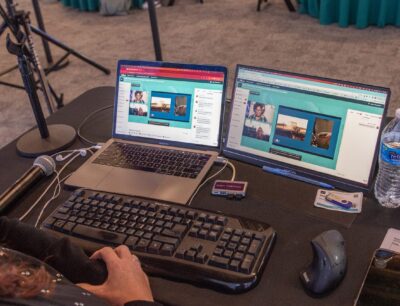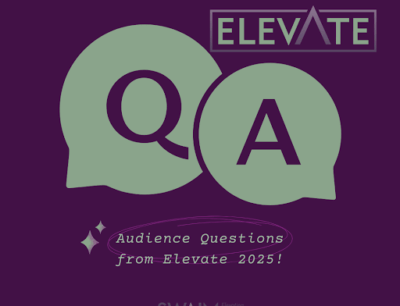The Rise of Auction Tech: Why Millennials and Gen Z Are All In
Auction technology is no longer optional, especially if you're aiming to engage younger donors. Gen Z and Millennials ha

Auction technology is no longer optional, especially if you're aiming to engage younger donors. Gen Z and Millennials ha

Our Favorite Vendor Partners for Fundraising Events No one pulls off a powerful event alone, and great vendor partners m

At the Elevate 2025 Conference, attendees submitted their most pressing questions, and in our series on Substack, we ans